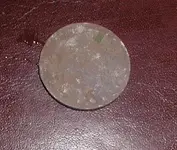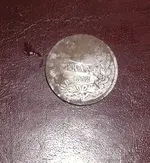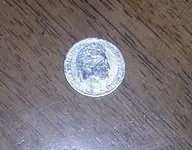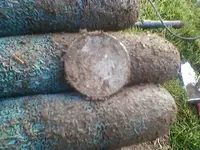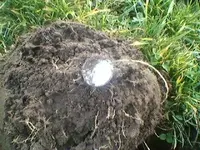pl8man
Silver Member
- Joined
- Mar 18, 2009
- Messages
- 4,202
- Reaction score
- 4,640
- Golden Thread
- 2
- Location
- San Jose , California
- 🥇 Banner finds
- 2
- 🏆 Honorable Mentions:
- 2
- Detector(s) used
- Whites MXT PRO with Sunray probe, M6 with a Super 12 coil & a Whites Quantum II
- Primary Interest:
- All Treasure Hunting
Just found my 2nd 1800's coin in the past week ! That's great for me due to hunting mainly schools and parks that are maybe 60 years old . This coin was not really a surprise find in this location . About 5 years ago I found a 1972 Seated half at 8 inches at this same location . Also found a 1892 Barber dime at this location around 3 years ago .
This coin was a good 7 - 8 inches deep and it gave off a high tone of +81 - +83 . When I first saw the coin I knew I had silver ! At first I had no idea what it was till I just lightly wiped away some dirt and then I saw 1832 ! It turned out to be my oldest coin ever !
! At first I had no idea what it was till I just lightly wiped away some dirt and then I saw 1832 ! It turned out to be my oldest coin ever !
 It's a 1 Franc with King Louis Philippe I on it . Very cool looking coin . Could this have been used here in California before it was a state ? Any info would be great !
It's a 1 Franc with King Louis Philippe I on it . Very cool looking coin . Could this have been used here in California before it was a state ? Any info would be great !
HH
Glen
This coin was a good 7 - 8 inches deep and it gave off a high tone of +81 - +83 . When I first saw the coin I knew I had silver

HH
Glen
Attachments
Last edited:
Upvote
24



